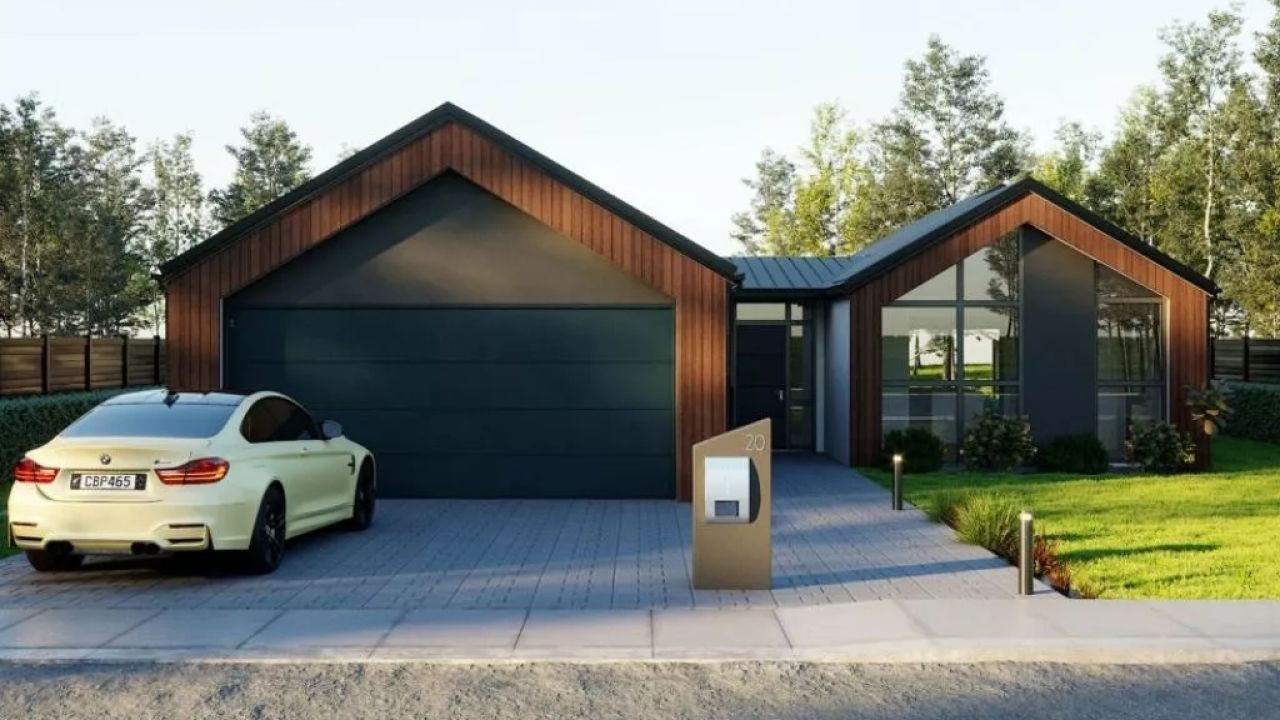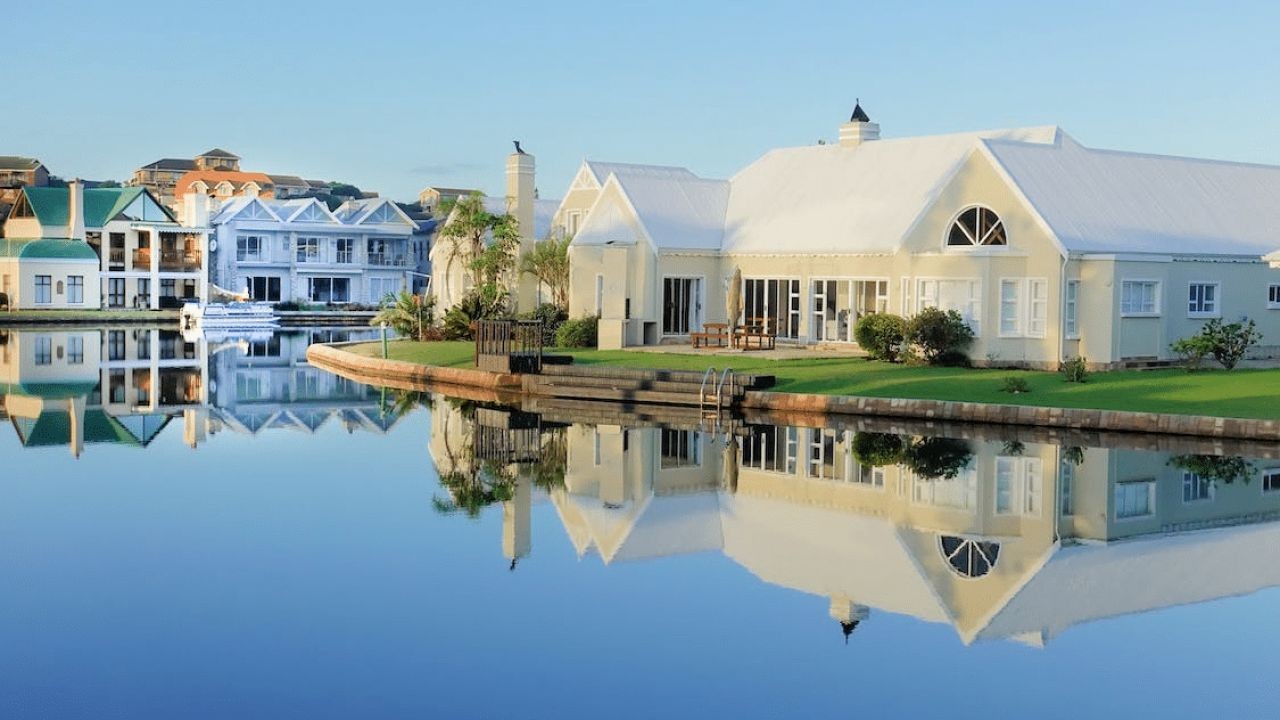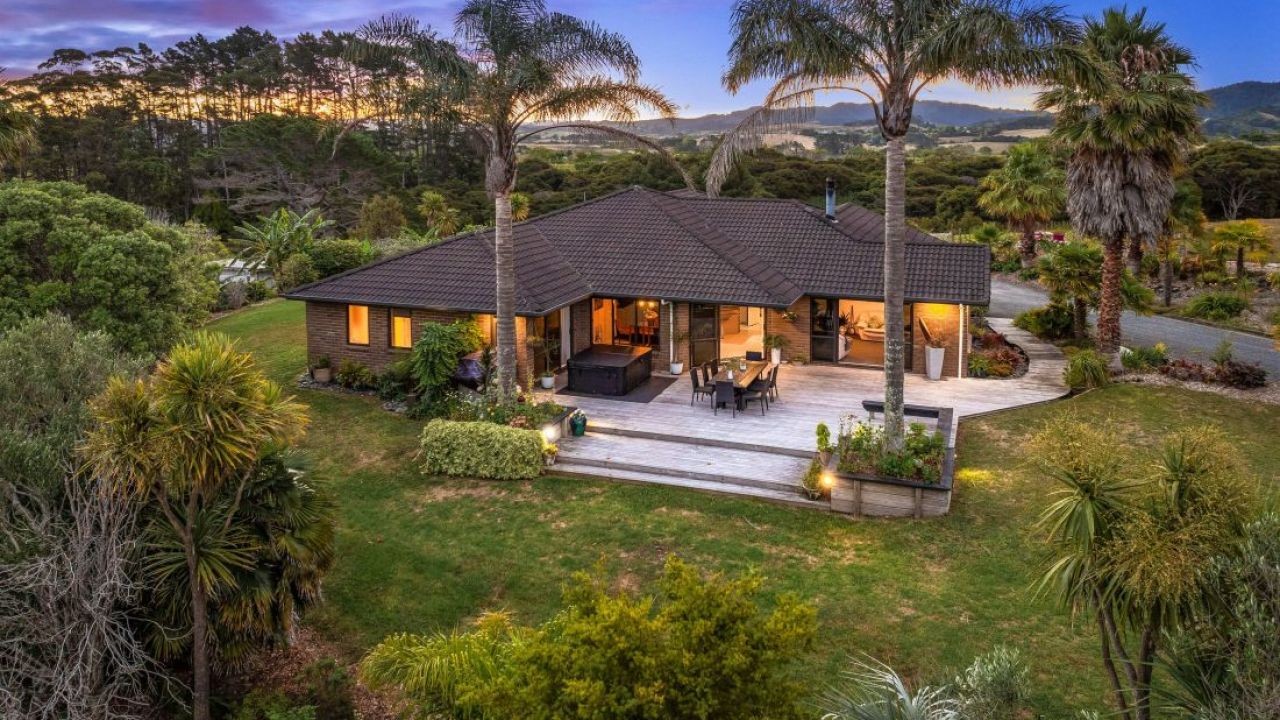New Zealand's commitment to sustainability and environmental consciousness permeates various aspects of life, including the real estate market. As more Kiwis seek homes that align with eco-friendly values, the demand for sustainable homes has surged. However, in the pursuit of green living, several common mistakes can sidetrack well-intentioned buyers. This article delves into these pitfalls, offering insights and data-backed strategies to guide corporate lawyers in advising clients or making informed decisions themselves.
Understanding the New Zealand Context
New Zealand's unique geography and climate play a significant role in defining what constitutes a sustainable home. The country's diverse landscapes, ranging from coastal areas to mountainous terrains, necessitate tailored solutions for energy efficiency and resource management. Moreover, government policies like the Zero Carbon Act and various regional initiatives further emphasize the importance of sustainability in real estate.
According to Stats NZ, residential building consents for new dwellings reached a record high in 2022, with a growing number of these consents focusing on sustainable features. This surge reflects both a response to consumer demand and regulatory encouragement. However, the complexity of navigating these regulations and market trends can lead to several missteps.
Common Mistakes When Seeking Sustainable Homes
1. Prioritizing Aesthetics Over Functionality
While a home may appear eco-friendly due to its design elements, true sustainability lies in its functionality. Many buyers make the mistake of focusing on superficial features like green roofs or solar panels without considering the home's energy efficiency or resource usage. For instance, a home with large windows may look modern, but without proper insulation, it could lead to significant energy loss.
2. Ignoring Local Climate Considerations
New Zealand's varied climate means that a sustainable home in Auckland might be unsuitable for Queenstown. Buyers often overlook how local weather patterns influence energy needs and resource management. A study by the University of Otago highlights that homes designed with regional climates in mind can reduce energy consumption by up to 30% compared to generic designs.
3. Overlooking Long-term Costs
Initial costs of sustainable homes can be higher due to the use of advanced materials and technology. However, focusing solely on upfront expenses can lead to overlooking long-term savings. According to a report by the Ministry of Business, Innovation and Employment (MBIE), sustainable homes can reduce energy bills by 20-40% over their lifetime, offsetting higher initial costs.
4. Neglecting to Verify Builder Credentials
With the rising demand for sustainable homes, many builders claim to offer eco-friendly solutions. However, not all have the expertise or qualifications to deliver on these promises. Engaging builders who lack proper credentials can result in subpar construction and unmet sustainability goals. It's crucial to verify a builder's experience and portfolio, ensuring they adhere to New Zealand's Green Building Council standards.
Expert Insights and Real-World Examples
Case Study: Green Homes New Zealand – Achieving Energy Efficiency
Problem: Green Homes New Zealand, a leader in sustainable construction, identified that many homes labeled as “green” were not achieving expected energy savings. The discrepancy arose from a lack of tailored design suited to New Zealand's diverse climates.
Action: The company implemented a region-specific approach, customizing designs to align with local weather patterns. They utilized advanced insulation materials and passive solar heating techniques tailored for each region.
Result: Homes constructed under this new approach saw energy efficiency improvements of up to 35%, with homeowners reporting reduced energy bills and increased comfort levels.
Takeaway: This case study illustrates the importance of considering local environmental factors when designing sustainable homes. Tailoring designs to the specific climate not only enhances energy efficiency but also aligns with New Zealand's sustainability goals.
Debunking Myths About Sustainable Homes
Myth: Sustainable Homes Are Too Expensive
Reality: While initial costs may be higher, sustainable homes offer significant long-term savings through reduced utility bills and maintenance costs. A report from MBIE highlights that energy-efficient homes can save homeowners thousands of dollars over their lifetime.
Myth: Solar Panels Alone Define a Sustainable Home
Reality: Solar panels are just one component of a sustainable home. True sustainability involves a holistic approach, including efficient insulation, water conservation systems, and eco-friendly materials.
Myth: Sustainable Homes Compromise Aesthetics
Reality: Modern sustainable architecture blends functionality with aesthetics. Many award-winning designs in New Zealand showcase that eco-friendly homes can be both beautiful and efficient.
Future Trends in Sustainable Housing
As New Zealand continues to prioritize sustainability, several trends are set to shape the future of housing. The integration of smart technology with sustainable design is one such trend. By 2030, it's predicted that 70% of new homes will incorporate smart home technologies to optimize energy use and resource management, according to a report by NZTech.
Furthermore, community-based sustainable living projects are gaining traction. Initiatives like cohousing and eco-villages, which emphasize shared resources and community engagement, are expected to grow as more Kiwis seek affordable and sustainable living solutions.
Conclusion: Key Takeaways and Next Steps
As the demand for sustainable homes in New Zealand continues to rise, it is crucial to approach the market with informed strategies. Key takeaways include:
- Consider the functionality and energy efficiency of homes, not just aesthetics.
- Account for local climate conditions to enhance sustainability.
- Focus on long-term savings rather than just initial costs.
- Verify the credentials of builders to ensure quality construction.
As a corporate lawyer, understanding these nuances can be invaluable in advising clients or making personal real estate decisions. Are you ready to explore sustainable housing options? Engage with local experts and leverage resources like the New Zealand Green Building Council to make informed decisions.
People Also Ask
- What are sustainable homes? Sustainable homes are designed to minimize environmental impact through energy efficiency, resource conservation, and the use of eco-friendly materials.
- How does climate affect sustainable home design in New Zealand? Climate influences energy needs and resource management, making it crucial to tailor sustainable designs to local weather patterns for optimal efficiency.
- Are sustainable homes more expensive? While they may have higher initial costs, sustainable homes offer long-term savings through reduced utility bills and maintenance.
Related Search Queries
- Sustainable homes in New Zealand
- Eco-friendly housing NZ
- Green building practices NZ
- Energy-efficient homes NZ
- New Zealand climate and housing































Sherlene19
7 months ago